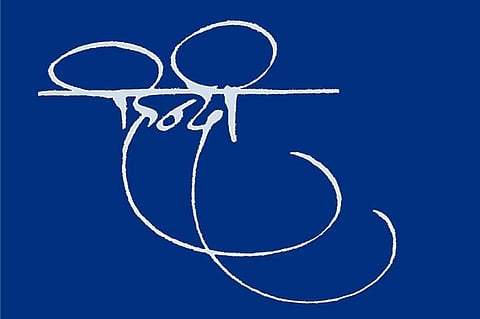Speaking exclusively to NewsGram about the development of Hindi, Dr. Mudliar, said: "The origins can be traced to Sanskrit. From Vedic Sanskrit, Pali and Prakrit languages were formed. Pali was the language of the Buddhists and books like Tripitakas were composed in that language. After Prakrit was formed, it further underwent four divisions into Maharashtri Prakrit, Ardha-Magadhi Prakrit, Magadhi Prakrit, and Shauraseni Prakrit. From these four forms of Prakrit four forms of Apabhramsha language were formed. From the Shauraseni branch of Apabhramsha language, thus formed, one can trace the direct evolution of modern Hindi."


